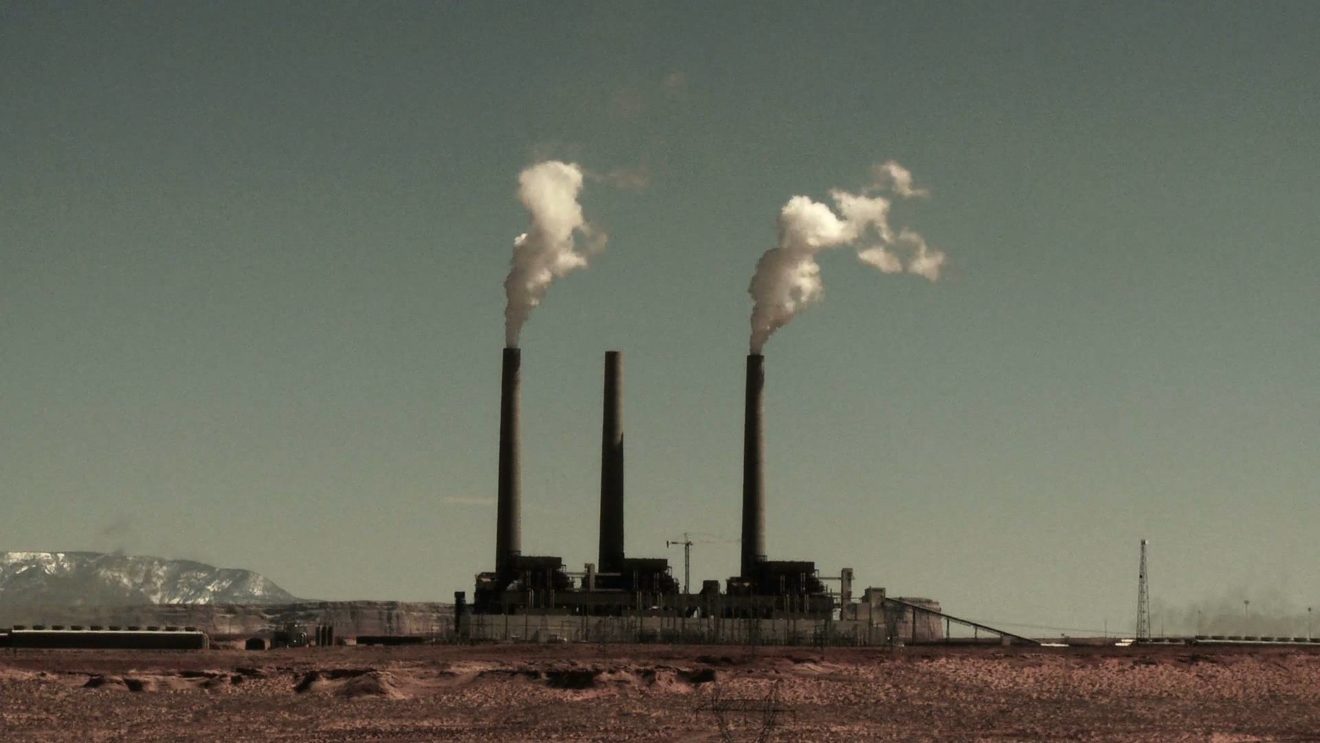2018 Saw the 4th Highest Growth of CO2 on Record

According to the NOAA’s National Ocean Service Report by the end of 2018, NOAA’s atmospheric observatory at Mauna Loa recorded the fourth-highest annual growth in the concentration of atmospheric carbon dioxide (CO2) in 60 years of record-keeping.
Carbon dioxide grew by 2.87 parts per million (ppm) at the mountain top observatory during 2018, jumping from an average of 407.05 ppm on Jan. 1, 2018, to 409.92 on Jan. 1, 2019, according to a new analysis of air samples collected by NOAA’s Global Monitoring Division (GMD).
That means three of the four highest annual increases have occurred in the past four years, said Pieter Tans, senior scientist with GMD.
“At a time when there’s all this talk about how we should be decreasing CO2emissions, the amount of CO2 we’re putting into the atmosphere is clearly accelerating,” Tans said. “It’s no coincidence that the last four years also had the highest CO2 emissions on record.”
NOAA captures and analyzes air samples from a network of observatories and collecting stations around the world. Situated close to the top of Hawaii’s Mauna Loa volcano, NOAA’s observatory samples “background” samples of northern hemisphere air. Mauna Loa is the oldest in the network and has the longest record of CO2 measurements.
The increase observed in 2018 ranks behind only 2016’s record jump of 3.01 ppm, 2015’s near-record increase of 2.98 ppm and 1998’s growth of 2.93 ppm/yr in the modern record. The record dates to March 1958 when David Keeling of the Scripps Institution of Oceanography started measuring atmospheric CO2 in what’s known as the Keeling Curve.
Globally averaged CO2 levels increased by a similar amount to what was observed on Mauna Loa during 2018.
The most important greenhouse gas of them all
Carbon dioxide is by far the most important of these five primary greenhouse gases both in total amount and the rate of increase. When the first Mauna Loa samples were analyzed in 1958, CO2 had already risen 35 ppm from the pre-industrial level of 280 ppm. In the past 60 years, CO2 has increased by an additional 95 ppm to 410 ppm today.
In the last two decades, the rate of increase has been roughly 100 times faster than previous natural increases, such as those that occurred at the end of the last ice age 11,000-17,000 years ago.
“Today’s rise of CO2 is dominated by human activities,” said Tans. “It’s not from natural causes”.
Source: NOAA







